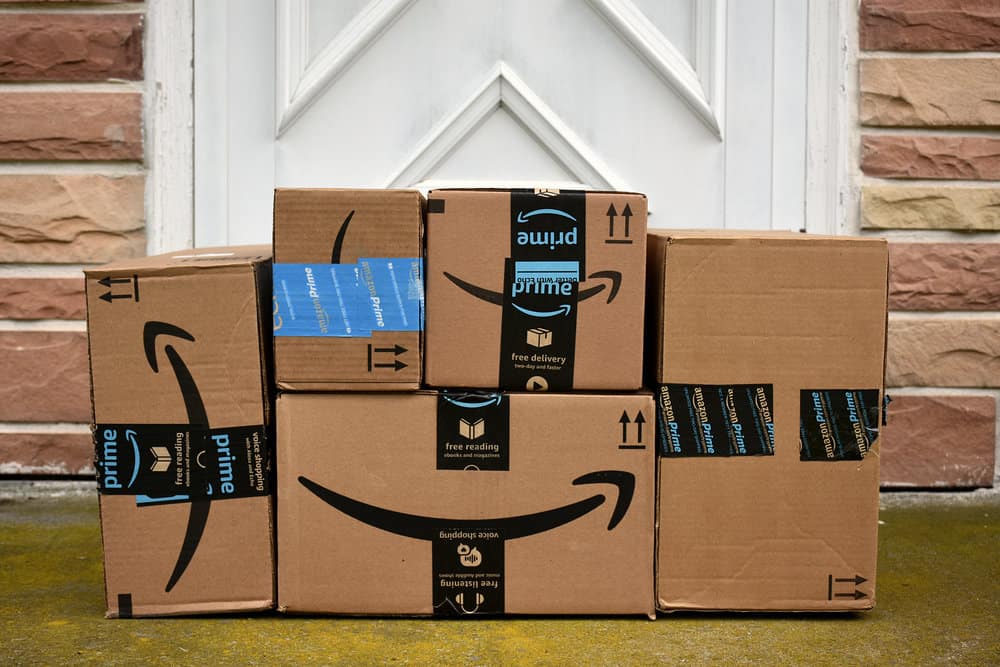
Amazon.com, Inc.(NASDAQ:AMZN) has launched a program to offer free one-day delivery to users of its popular “Prime” service, cutting its current delivery window in half and throwing down another gauntlet to retailers and logisticians across the country.
During a conference call late today (April 25) to discuss first quarter results, Amazon CFO Brian Olsavsky said that the company has begun ramping up the initiative, and that a clearer picture will emerge as the second quarter progresses. Amazon will spend about $800 million in the second quarter to support the program, Olsavsky said. He emphasized that Amazon will rely heavily on its shipping partners for the execution. Outside providers such as the U.S. Postal Service, UPS Inc. and FedEx Corp. move an estimated 88 percent of Amazon’s shipments.
Amazon already delivers goods within windows more compressed than two days. However, the Prime guarantee calls for two-day deliveries, a service which is included in either the monthly or annual subscriptions. The plan now is to make one-day shipping the “default” guarantee, which will require changing an infrastructure that Olsavsky said is “attuned t o two-day delivery.” Prime spokeswoman Julie Law added today that the planned migration is a “significant step” that “will take some time to achieve.”
In the past month, Amazon has expanded its product selection and the zip codes that are eligible for the one-day guarantee, Law added. Amazon will continue to offer same-day deliveries as well as deliveries within two-hour windows under its “Prime Now” service, she said. There are an estimated 102 million Prime subscribers worldwide.
For retailers already struggling to meet the two-day delivery guarantees that Amazon pioneered, today’s announcement moves delivery demands in a dramatic way. Earlier today, UPS said that first quarter domestic air shipment volumes spiked 8 percent year-over-year, a significant increase that reflects the need for retailers to upgrade to a more rapid delivery mode to try to keep pace with Amazon.
Meanwhile, Amazon reported a 17 percent increase in first quarter net sales to $59.7 billion, in line with analysts’ estimates. Operating income rose to $4.4 billion from $1.9 billion, while net income climbed to $3.6 billion from $1.6 billion, more than doubling earnings per diluted share to $7.09 a share.
Operating cash flow rose 89 percent to $34 billion, Amazon said. The figure tracks results for the 12-month period ending March 31, 2019.
Fulfillment costs rose to $8.6 billion from $7.7 billion, Amazon said. Shipping costs hit $7.32 billion, a 21 percent year-over-year increase, according to Amazon. Shipping cost increases have been in the low-20 percent range for the past three quarters. By contrast, shipping expenses in the fourth quarter of 2017 and in the first two quarters of 2018 rose by 31 percent, 38 percent and 31 percent, respectively, over each prior-year quarter.
That the pace of shipping expense growth has moderated over the past six quarters while volumes have substantially increased during the same period may indicate that the company is deriving some savings by moving a larger proportion of shipments on its own equipment rather than outsourcing the transportation. It may also reflect that the company has, in general, become more proficient in moving goods.
It is estimated that Amazon transports between 10 to 12 percent of its goods, a ratio that is expected to rise as it brings on more aircraft and trucks, and increases its utilization of the nation’s rail network.










